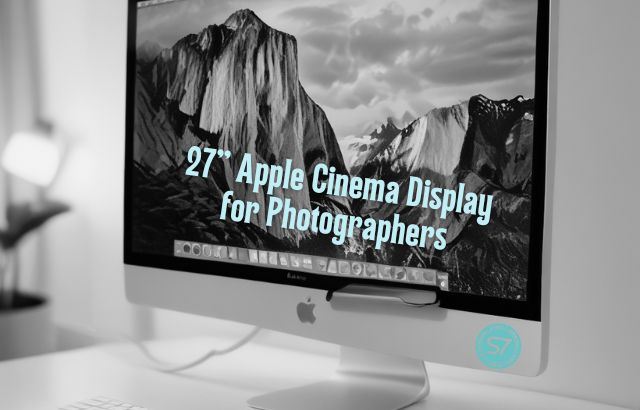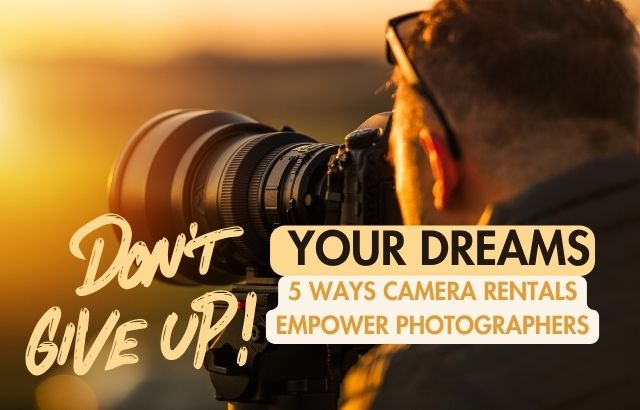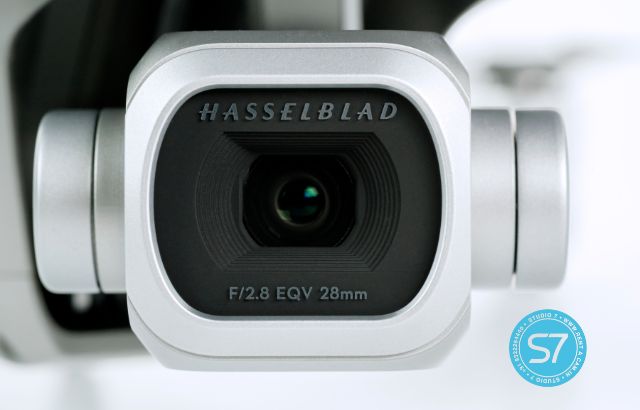When it comes to wielding light in photography, umbrellas and softboxes are two essential tools for creating flattering, soft illumination. But don’t be fooled by their seemingly simple designs – these light modifiers pack a creative punch.
The Umbrella’s Advantage: Portable Magic
Imagine an umbrella that transforms into a giant diffuser, softening the sun’s rays for a perfect outdoor portrait. That’s the beauty of the photography umbrella. Here’s what makes it a photographer’s favorite:
Easy to Use: Setting up an umbrella is as quick as unfolding it. Perfect for beginners or on-the-go shoots.
Budget-Friendly: Compared to softboxes, umbrellas are a much more affordable way to soften light.
Broad Soft Light: Umbrellas create a wide spread of soft light, ideal for replicating natural outdoor lighting or illuminating larger scenes.
Versatility: They come in shoot-through white for diffused light or with a black backing for a more dramatic effect.
Softboxes: Precision Takes the Stage
Softboxes offer more control over light compared to umbrellas. They act like giant lightboxes, diffusing light and directing it onto your subject. Here’s why softboxes are a popular choice:
Directional Control: The box shape allows you to control the spread of light, creating more dramatic lighting effects or isolating your subject from the background.
Uniform Light: Softboxes produce a more even spread of light compared to umbrellas, minimizing hotspots.
Variety of Shapes & Sizes: Softboxes come in different shapes (square, octagonal) and sizes to suit your specific needs.
Choosing Your Light Modifier:
The choice between an umbrella and a softbox depends on your shooting style and desired outcome. Here’s a quick breakdown:
Portability & Speed: Go for the umbrella if you value quick setup and portability.
Light Control & Precision: If you need more control over light direction and evenness, a softbox is the way to go.
Budget: Umbrellas are a budget-friendly option, while softboxes typically have a higher price tag.
The Takeaway: Embrace the Light
Both umbrellas and softboxes are valuable tools for creating stunning photographs. Experiment with each one to see how they affect your lighting and the mood of your image. With a little practice, you’ll be a light-wielding master in no time!
When using umbrellas and softboxes, what are some key factors to consider in terms of positioning and distance for achieving the desired lighting effect?
When using umbrellas and softboxes, positioning and distance play crucial roles in achieving the desired lighting effect. Here are some key factors to consider:
1. Positioning:
– Distance from the subject: The distance between the light modifier (umbrella or softbox) and the subject affects the intensity and spread of light. Moving the light closer to the subject will result in a more intense and focused light, while moving it further away will create a softer and more diffused light.
– Angle and direction: The angle at which the light is positioned in relation to the subject can dramatically change the lighting effect. Experiment with different angles to create different moods and highlights. For example, positioning the light at a 45-degree angle from the subject’s face can create a flattering Rembrandt lighting style.
– Height: Consider the height of the light modifier in relation to the subject. Higher positioning can create more dramatic shadows, while lower positioning can provide more even lighting.
2. Distance:
– Distance from the background: The distance between the subject and the background plays a role in controlling the amount of light spill and creating separation. By increasing the distance, you can minimize shadows or prevent unwanted reflections on the background.
– Distance between multiple light sources: When using multiple umbrellas or softboxes, the distance between each light source can impact the overall lighting balance. Experiment with different positions and distances to create a well-balanced and harmonious lighting setup.
3. Power output:
Adjusting the power output of your lighting equipment, whether it’s a studio strobe or a speedlight, can also influence the lighting effect. Lower power settings result in softer light, while higher power settings create more contrast and intensity.
Remember, these factors are not set in stone and can vary depending on the desired look and the specific shooting environment. It’s essential to experiment, try different setups, and observe how changes in positioning and distance impact your images. By understanding these key factors and practicing with umbrellas and softboxes, you’ll be on your way to achieving the desired lighting effects and creating visually stunning photographs.







